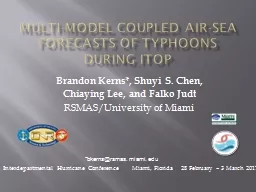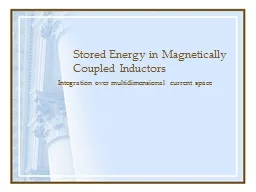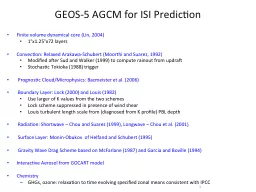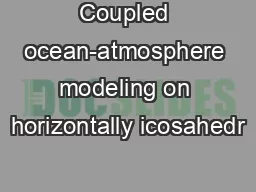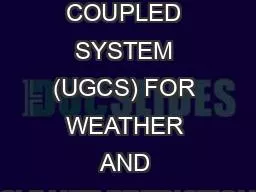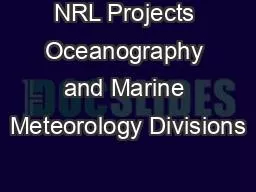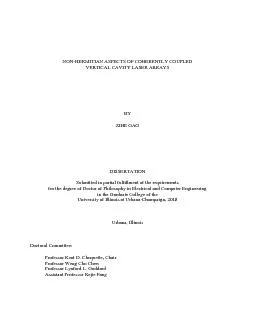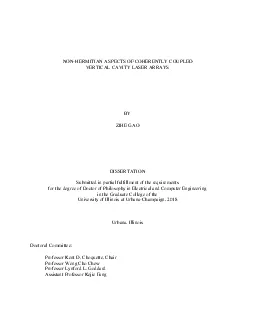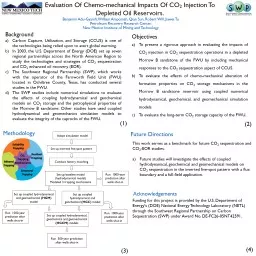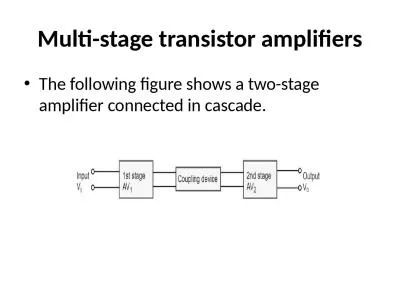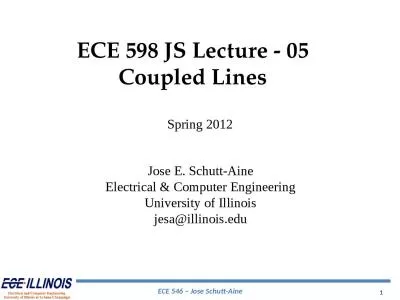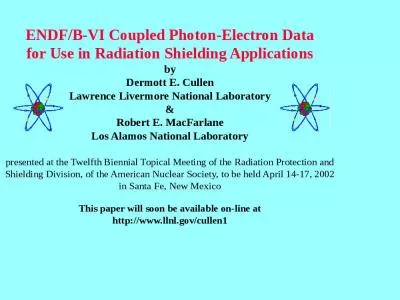PPT-Multi-model Coupled Air-Sea Forecasts of Typhoons during ITOP
Author : iainnoli | Published Date : 2020-08-03
Brandon Kerns Shuyi S Chen Chiaying Lee and Falko Judt RSMASUniversity of Miami I nterdepartmental H urricane C onference Miami Florida 28 February 3 March
Presentation Embed Code
Download Presentation
Download Presentation The PPT/PDF document "Multi-model Coupled Air-Sea Forecasts of..." is the property of its rightful owner. Permission is granted to download and print the materials on this website for personal, non-commercial use only, and to display it on your personal computer provided you do not modify the materials and that you retain all copyright notices contained in the materials. By downloading content from our website, you accept the terms of this agreement.
Multi-model Coupled Air-Sea Forecasts of Typhoons during ITOP: Transcript
Download Rules Of Document
"Multi-model Coupled Air-Sea Forecasts of Typhoons during ITOP"The content belongs to its owner. You may download and print it for personal use, without modification, and keep all copyright notices. By downloading, you agree to these terms.
Related Documents

